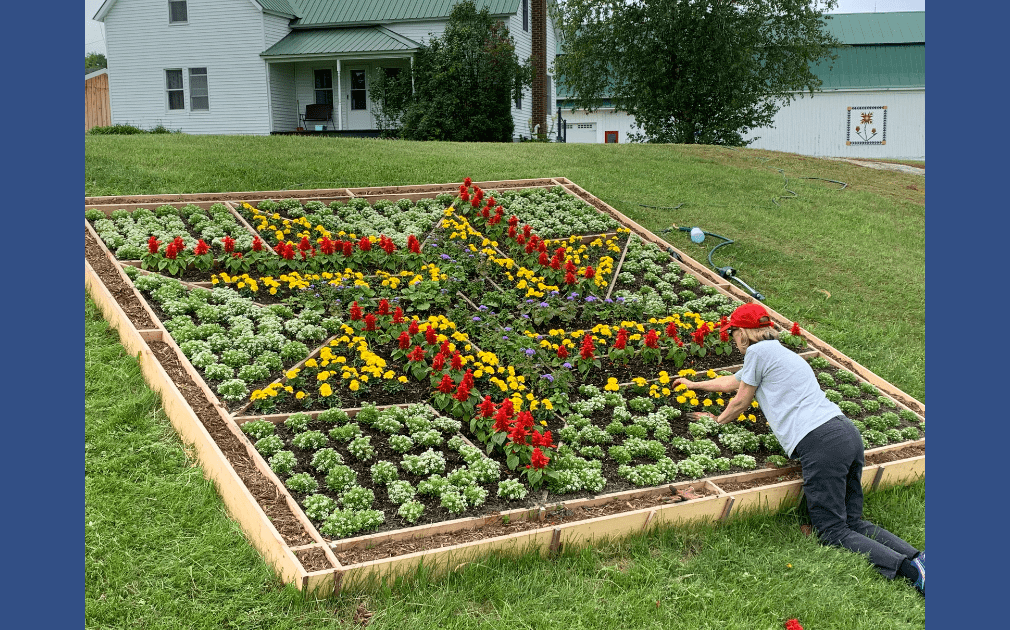As spring arrives, there are again conversations about the meme No Mow May. This is a movement to restrict lawn mowing in May to encourage flowering plants that provide nectar for pollinators. In this post I’ll share the history of the movement with suggestions for pollinator support that is more applicable to northern New York.
The original concept of leaving grass long in the spring came in 2019 from Plantlife, a British organization. Their climate, however, is very different from that in the North Country so their results have limited applicability here. In 2020 a team in Appleton Wisconsin liked the No Mow May idea so much that researchers there tried it and published a paper which showed benefits to using this concept. It turned out the data was flawed, however, and the paper was soon retracted. In 2024 Appleton removed No Mow May from the city’s municipal code and reinstated an eight inch restriction on grass and weeds.
The Cornell Turf Team from CCE of Westchester wondered about this meme too, and did research in 2024 to test the concept. What the Turf Team and others (such as CCE Eric County , Lakeland Today, Cornell Turf Grass, and CCE Putnam County) observed indicates that No Mow May did not significantly increase the nectar sugar available to pollinators by June nor was it helpful in the long run. It did not increase the pollinator populations. Read more The Truth About No Mow May




